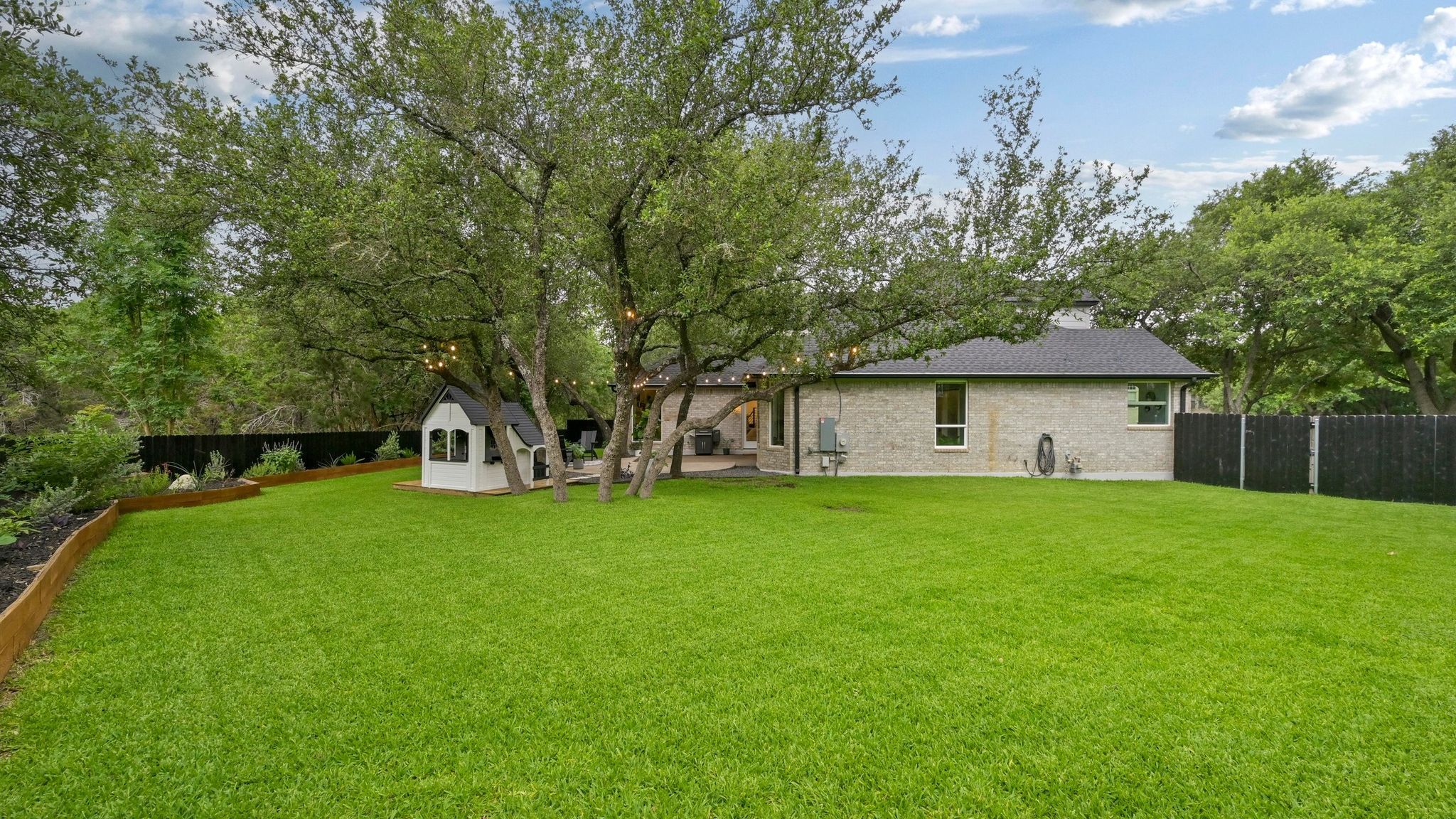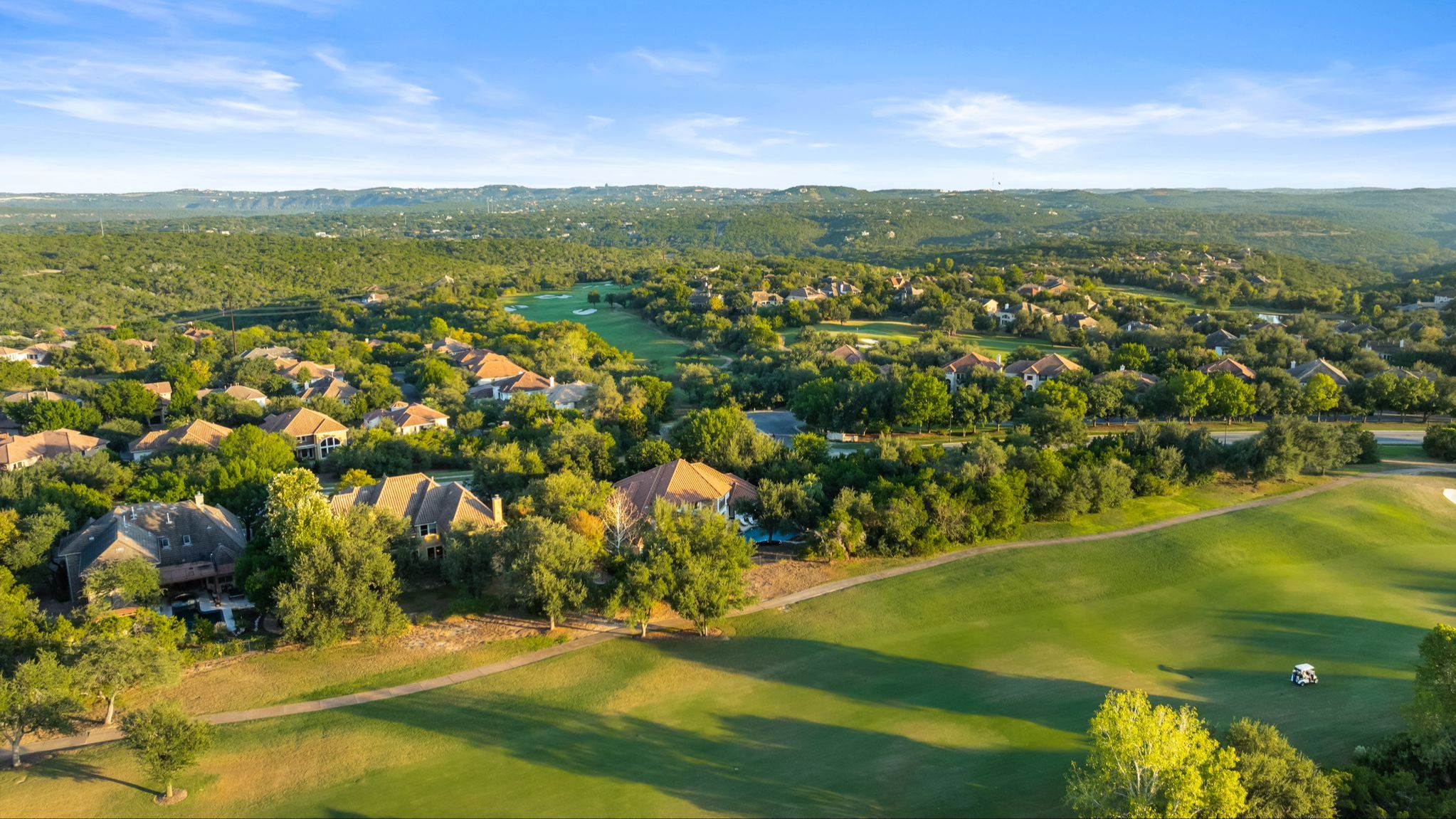Facebook vs. YouTube Ads for Realtors: Why One Fails and One Works
Oct 07, 2025
Facebook vs. YouTube Ads for Realtors: Why One Fails and One Works
Most real estate agents have tried Facebook ads at some point. A few clicks, a few likes—but rarely a real conversation. That’s because Facebook ads are built for attention, not connection. In the Neighborhood Expert System (NES), ads aren’t about chasing leads; they’re about earning recognition inside your community. That’s why we use YouTube ads instead.
In this post, we’ll break down why Facebook ads fail most agents, how YouTube fits naturally into the NES weekly rhythm, and how to make your marketing feel like it belongs in the neighborhood—not just in someone’s feed.
Why Facebook Ads Rarely Convert for Real Estate Agents
Facebook is a platform built for quick scrolling and personal updates. Most users aren’t in “research mode,” so real estate ads there feel like interruptions. Even if someone clicks, it’s usually out of curiosity—not intent.
- Weak targeting: Facebook’s location and interest filters sound specific, but they rarely reach only your neighborhood.
- Low attention span: Most viewers see your ad for a few seconds, then scroll on.
- Transactional tone: “Find your dream home today!” or “Get your home’s value instantly” are messages people have tuned out.
The result: agents spend money to be seen, but not remembered. In NES, we aim for the opposite—ads that build recognition and trust over time.
Why NES Uses YouTube Ads Instead
YouTube is a household platform. It plays on TV screens, tablets, and phones—right inside the homes you want to reach. That’s why YouTube ads are built into the Ramp-Up Plan: they create passive, consistent exposure that compounds with every other NES pillar.
- Guaranteed attention: YouTube forces at least five seconds of watch time before skipping. That’s five seconds in a living room, not a feed.
- Neighborhood-level targeting: With video reach campaigns, you can show your ads to viewers in specific ZIP codes or radius areas—perfect for your neighborhood focus.
- Real message reinforcement: When your ads echo the same story as your open houses, direct mail, and social content, you stop feeling like an advertiser and start being recognized as the local expert.
These aren’t lead ads—they’re awareness ads. The goal isn’t a click; it’s recognition. That’s how NES turns short exposures into long-term trust.
How YouTube Ads Fit into the NES Weekly Rhythm
In the Ramp-Up Plan, you start by establishing visibility. YouTube ads are part of that foundation. They run quietly in the background while you execute your weekly actions—open houses, off-market outreach, and local posts.
Once you move into the Core Weekly Plan, your ads reinforce what people already see from you. Someone who drove past your open house last weekend might see your video ad this week. Another homeowner might receive your branded mailer and then recognize your face on YouTube. That’s the cycle we want: recognition → conversation → trust.
That’s why consistency matters more than clicks.
The Message That Makes YouTube Ads Work
YouTube isn’t about pitching listings—it’s about positioning. In NES, the best-performing ads follow one simple rule: speak like a neighbor, not a marketer.
- Keep it conversational: “I help homeowners in [Neighborhood] stay up-to-date on what’s happening in the market.”
- Show familiarity: Reference schools, parks, or events locals care about.
- Focus on expertise, not sales: Instead of “Need to sell your home?”, say “Here’s what’s actually driving prices in [Neighborhood] right now.”
These messages work because they feel relevant. When homeowners hear your name and see your face multiple times each week, they start associating you with trust and knowledge—not pressure or promotion.
How Facebook Ads Can Support (Not Replace) YouTube
NES doesn’t ignore Facebook—it simply uses it differently. Instead of running cold lead ads, you can retarget people who’ve already engaged with your videos or visited your site. This turns Facebook into a reminder, not a first impression.
In other words, Facebook ads can echo what YouTube starts. They remind, reinforce, and redirect attention back to your main message. But they should never carry the weight of your visibility strategy alone.
Bringing It All Together in the NES Weekly Plan
Every week, your ads, outreach, and email work together. The goal isn’t to get a call from one ad—it’s to stay top-of-mind so when a conversation starts, people already know who you are.
- By Wednesday: Finalize your open house schedule and confirm your off-market emails.
- By Thursday: Refresh your YouTube ad creative if needed, keeping it aligned with current listings or neighborhood updates.
- Friday: Send your weekly neighborhood email to deepen those ongoing conversations.
It’s not a random mix of tactics—it’s a rhythm. And when you stick to it, your marketing stops feeling like work and starts building real momentum.
FAQs
Do I need expensive video production for YouTube ads?
No. NES ads are intentionally simple—shot on your phone, in your actual neighborhoods. Authenticity performs better than polish when the goal is recognition.
How much should I spend on YouTube ads?
In the Ramp-Up Plan, most agents start around $10–$20 per day. The goal isn’t mass reach; it’s repetition within a small, defined area.
How long should I run each ad?
Run your ad continuously for at least four weeks. This keeps your presence steady while your other marketing builds around it.
Can I run Facebook and YouTube ads at the same time?
Yes, but YouTube should always lead. Let Facebook retarget and remind; let YouTube introduce and educate.
What kind of videos perform best?
Short local insights, open house invites, or updates about what’s happening in your neighborhood—anything that feels conversational and relevant.
About the Author
Matt van Winkle is the founder of the Neighborhood Expert System (NES) and a top real estate agent in Austin, Texas. Through NES, he teaches agents how to dominate their local markets with consistent, relationship-driven marketing that compounds over time. Matt leads by example in his own business, combining YouTube ads, direct mail, and local outreach to build lasting visibility in his community.
Final Takeaway
Facebook ads may get likes—but YouTube ads get recognition. In NES, the goal isn’t to chase clicks. It’s to stay present where your future clients live, watch, and think about real estate. That’s the difference between an agent who advertises and one who owns the neighborhood.



